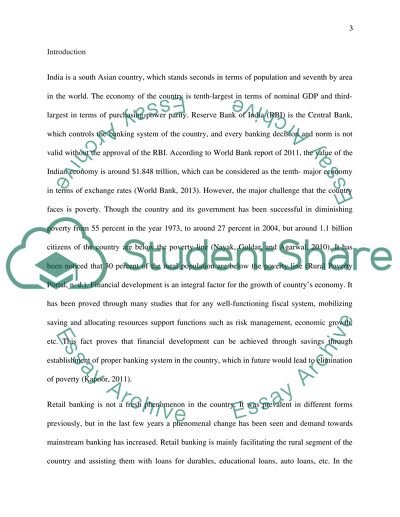Cite this document
(“Financial Performance of Retail Banking in India Essay”, n.d.)
Retrieved from https://studentshare.org/finance-accounting/1478487-financial-performance-of-retail-banking-in-india
Retrieved from https://studentshare.org/finance-accounting/1478487-financial-performance-of-retail-banking-in-india
(Financial Performance of Retail Banking in India Essay)
https://studentshare.org/finance-accounting/1478487-financial-performance-of-retail-banking-in-india.
https://studentshare.org/finance-accounting/1478487-financial-performance-of-retail-banking-in-india.
“Financial Performance of Retail Banking in India Essay”, n.d. https://studentshare.org/finance-accounting/1478487-financial-performance-of-retail-banking-in-india.


